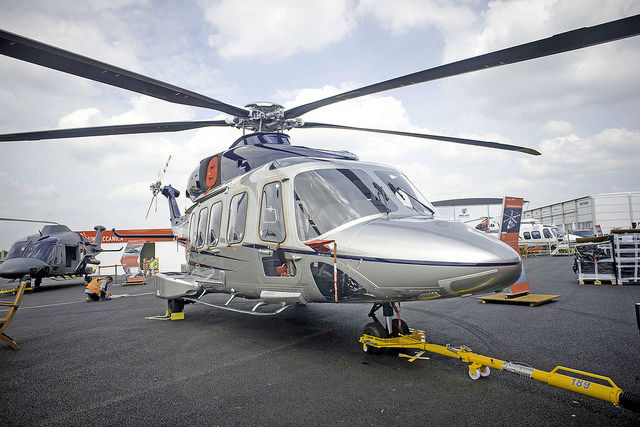AgustaWestland hopes to expand a series of safety features across its civil range to give its helicopters an edge in the commercial market.
The latest development is its Obstacle Proximity LiDAR System (OPLS) to help enhance safety during hovering flight while conducting search and rescue and emergency medical services missions.
These flying conditions have been identified as some of the most dangerous as a result of perceptual judgement errors, wrong decision making, bad crew resource management, poor visibility and self-induced pressure.
The OPLS, which was certificated by EASA last February, aims to cut the risk of low-speed tail rotor strikes and resultant loss of control.
It uses three LIDAR sensors mounted under the main rotor head that generate a 360˚ radial view around the aircraft, allied with a dedicated cockpit control panel, and can accurately detect and track obstacles within a 25m (82ft) radius of the aircraft.
Presently only available on the AW139 intermediate twin, AgustaWestland is working to integrate the system on its super-medium AW189 and developmental 4.5t AW169, it says.

AgustaWestland AW189
BillyPix
In addition, its Limited Ice Protection System – also only available on the AW139 – is being added to the AW189 for North Sea operations.
A series of flight-test campaigns are under way and are due to be concluded next year, depending on available weather conditions for testing, says the Anglo-Italian airframer.
It does not have the heated rotor blades of a more comprehensive system, but retains other features such as icing sensors, heated windshield and other icing protection measures. It saves around 130kg over the full system.
Source: Flight Daily News























